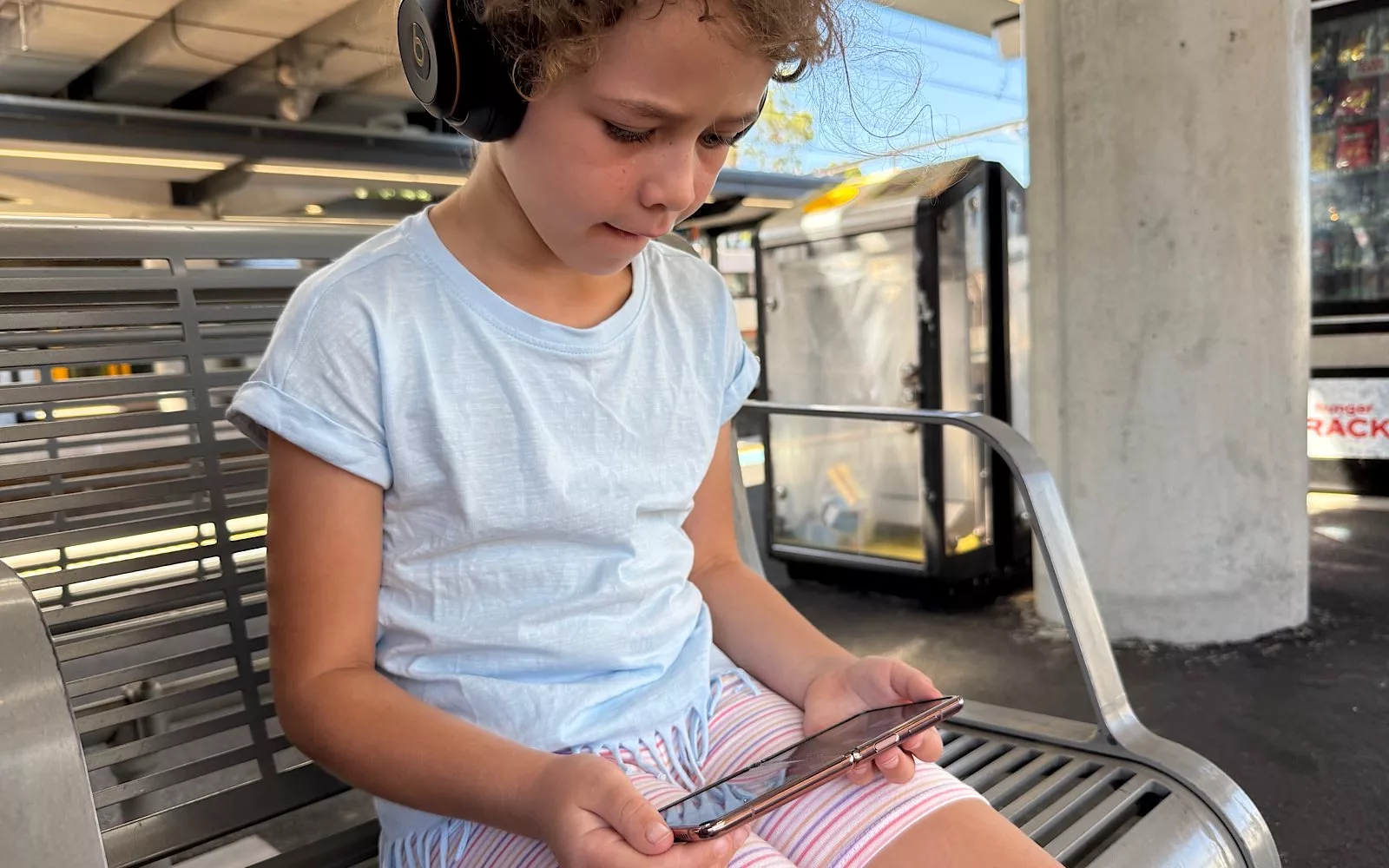Being safe on the internet is an important lesson for all, but for kids it’s crucial. What lessons can parents pass onto kids for online play?
The second Monday in February may well have you clean your computer, but February 11 is another important day: Safer Internet Day, a day where talking about how to stay safe is equally important.
We regularly write about how adults stay safe, but what about the younger netizens gradually making the web and apps and games their home? What then?
Staying safe in the online world starts earlier, imparting those skills by parents to ensure kids and young people start with the right approaches early on.
In fact, with recent research from the government’s Office of the eSafety Commissioner revealing that 40 percent of gamers have interacted with people they didn’t actually know offline and a further 40 percent 8 to 12 reporting bullying and hate speech while gaming, it’s crucial to get these skills in place early. In Australia and New Zealand alike, younger generations are gaming more and more, with almost 90 percent of kids ages 8 to 17 going online to game and roughly 80 percent in New Zealand.
Every year, Safer Internet Day exists to encourage safety online, and this year, Safer Internet Day’s theme of “Together for a Better Internet” aims to encourage kids and parents to connect to improve those online hygiene skills in both. So where do you start?
Talk to each other, but not to people we don’t know
Like all good things, communication is important, and so talking to your kids is critical. Whether they’re just starting out or have played more than a few games, communication is important.
Start talking and go through some of the important aspects of being online, such as not sharing personal information with others they don’t know. You wouldn’t do it as an adult with scammers, and kids shouldn’t do it with random people they don’t know, either.
If someone does try to talk to them, let them know as a parent that you’re a safe space, and you can work through it together.
Some apps and games automatically limit interactions, and may make them something as simple as mere gestures or waves. But not every title does this, so making your children aware that some people may try to talk is important, and to not share with strangers. Instead, have them talk to you, the parents, and be open about what’s going on.
Accounts for your kids
Most services also support child accounts, imparting a level of independence for them, while also allowing the parent to set up restrictions for what they can and can’t do.
Child accounts can be easily set up on the iPhone and iPad as part of a family, and the same is true with Android. Each of these will send a message to a parent or guardian before an app or game is installed, requiring permission and ensuring they’re aware of what’s happening.
For video games, the Xbox Family Settings app can create child accounts with age restrictions, allowing parents to customise what’s available, complete with an “Ask to Buy” feature for any games or in-game content.
“As a leader in the gaming industry, Xbox is committed to fostering a safe and positive environment for players of all ages,” said Eve Oorloff, Games Category Lead for Xbox.
“By leveraging the educational potential of Minecraft, we aim to provide families with practical guidance to enhance their gaming experiences while prioritising safety,” she said.
It’s worth noting that Xbox isn’t alone in this regard: there’s a similar situation on the PlayStation with family accounts available there, and there are also family accounts on the Nintendo Switch, as well.

Researching titles and playing them as a parent
You wouldn’t let your kids automatically watch any movie or any TV show that wasn’t age appropriate, and the same is true of the apps and games they’re asking you to play.
In this journalist’s case, Ms 7 continues to ask if she can watch Jaws and Alien, neither of which are suitable for her age group. It’ll be a while yet before that’s granted, and the same is true with games that are more mature than what she’s used to, typically the kind she might see while her Dad is playing on the Steam Deck.
Recently over the break, however, she got into Minecraft, an adventure title that at times can also be educational and relaxing.
And you can bet, before it was even on her device, her journalist father had played it to make sure it was suitable.
A little bit of research goes a long way, and researching what your kids want to play by having you play it yourself can help explain whether it’s both appropriate and if there any risks you need to be aware of.
It’s what we did when we worked out which Apple Arcade games were ideal for kids, and it’s worth doing for any title kids have more than a passing interest in.
Understand the costs
Some games are free and some games cost money, but whether they’re free or cost something, almost all games seem to have some in-game purchase option inside, largely because it makes publishers money.
That little bit of research you’re doing beforehand can tell you what the in-app purchase situation looks like, also known as “IAP”.
Identifying that there are costs can help you explain to your children that things cost money, and that while you may be prepared to buy the game, you also may not be prepared to hand over money for in-game items. Some parents might, but not all will, and if your kids ask for coins to buy clothing, hats, or other ways to make characters look fancy, they’re often asking for real money to buy in-game currency and items.
For Ms 7, this dad quickly explained that he was prepared to buy the game Minecraft, he wasn’t prepared to pay for digital items in that experience.
In those situations, you can explain real costs vs digital costs, and may want to put forth their pocket money can be used for this. That in turn might end up dissuading them.
Staying safe in private spaces
Kids and parents can also feel much safer by having their own space and their own server.
It’s a feature not every game will support, but many do, providing a place solely for your kids where they can enjoy an online title by themselves or with their friends.
Ms 7’s exploration of Minecraft supports that, and is made all the more comfortable with peaceful and creative modes, helping to have kids feel that much more at ease when they play.
Ultimately, this is the sort of feature that might turn up in your research of games before your kids play them, and could just provide a way to ease your kids into online activity that not only they can enjoy, but also their friends, too.






